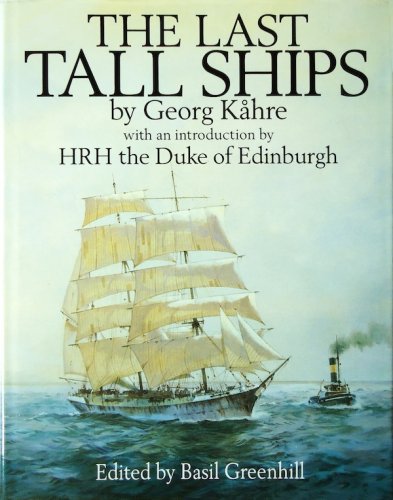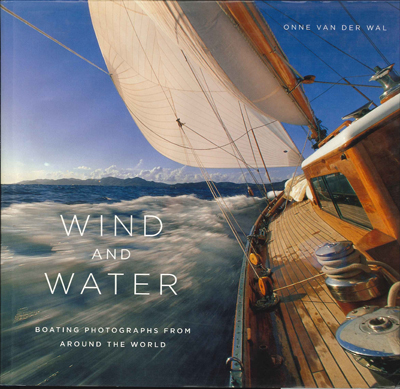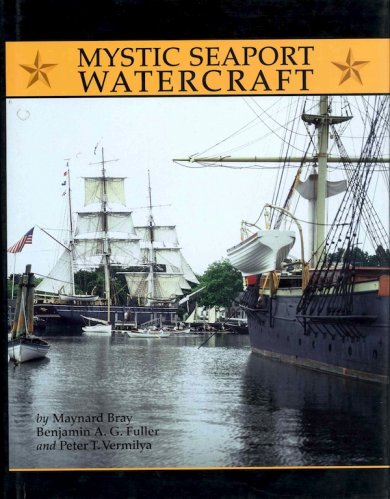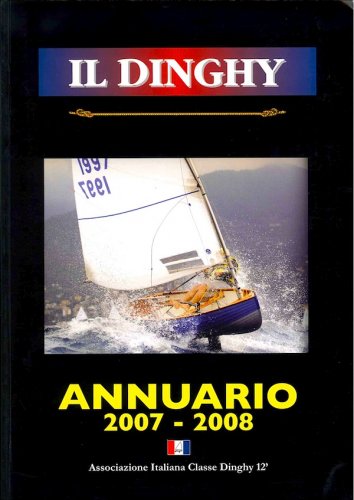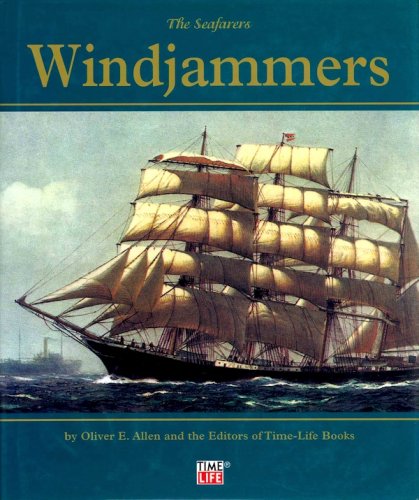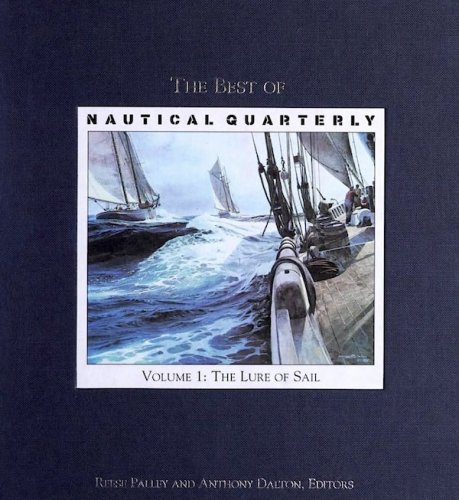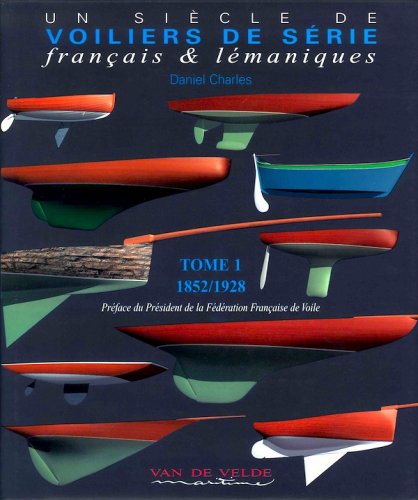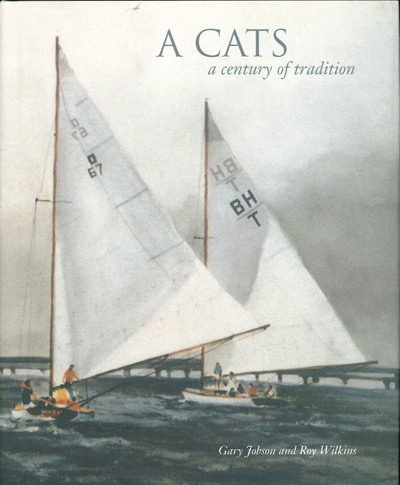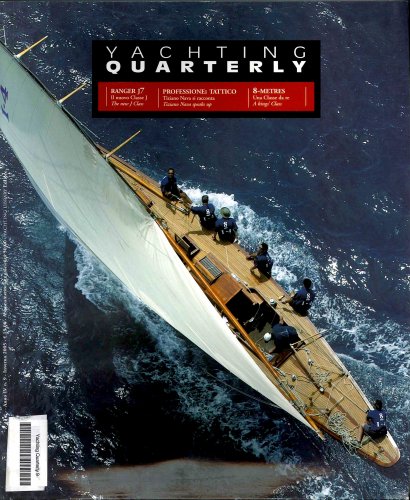Last tall ships
Gustaf Erikson and the aland sailing fleets 1876-1947
Last tall ships
Gustaf Erikson and the aland sailing fleets 1876-1947
- Non disponibile, richiedi informazioni sulla disponibilità
- Possibilità di reso entro 10 giorni lavorativi
- Transazione sicura con carta di credito, Paypal o bonifico bancario
- Spedizione tracciata con SDA
In 1872, when Gustaf Erikson was born, the world's sailing-fleet was greater than it had ever been, yet when he died in 1947 it had virtually disappeared. Thus in this man's remarkable lifetime was encompassed the zenith, decline and demise of the commercial deep-water sailing-ship. Appropriately Erikson himself was singularly responsible for prolonging its active life - in the 1920s and 30s, against all the odds, he built up and successfully operated the world's last sailing-fleet. Many of the great square-riggers had been sunk during the First World War and in the years which followed the few survivors were relentlessly sold off by companies which could see no economic future in sailing-vessels. There was one major exception to this trend, the Finnish shipowners of the Aland Islands, most important of whom was Gustaf Erikson. So one by one the famous names of the American, British and European sailing-fleets came to be registered in the tiny town of Mariehamn, capital of this remote Finnish archipelago. However, although Aland is far from the world's great trade routes, this development is not as quixotic as it seems. In this book, Georg Kahre, an Alander himself, explains the economic and social background that produced this unexpected Indian summer of commercial sail, and chronicles the history, including the much publicised 'Grain Races' between the Wars, of the last tall ships. Edited by the Director of the National Maritime Museum, who has selected over 200 rare photographs of the ships and their crews, this book is a unique record of the final epoch of "the most important vehicle in human history”.

